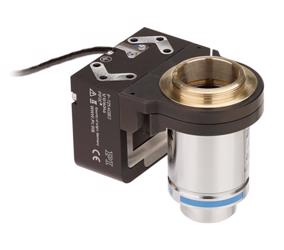Different Scanning Stage Concepts For Precise Motion Control In Optical Coherence Tomography Applications

OCT is an interferometric imaging technique based on broad band infrared light, typically ranging from 0.8µm to 1.4µm to optimize tissue penetration. OCT has long been used in ophthalmology but recently also finds growing application in dermatology, for example to fight skin cancer. In comparison to conventional invasive diagnostic measures, OCT delivers results faster and reduces side-effects and stress on patients.
Precision Motion Systems for Scanning
Since the OCT technique relies on the axial scanning of an optical beam in one of the interferometer arms, highly precise nanopositioning stages are required to provide maximum imaging resolution.
Several drive concepts can be used for to satisfy the requirements of modern OCT systems.
- Piezoelectric Flexure-Guided Nanopositioning Scanners
Several piezo-driven motion principles are feasible. The two examples shown below are based on piezoelectric stack actuators driving a flexure-guided stage platform and a microscope objective mount, respectively. Flexure-guided, piezoelectric linear nanopositioning stages provide the highest possible resolution and precision; in addition, they are both friction-free and wear-free and virtually require no power to hold a position.
Get unlimited access to:
Enter your credentials below to log in. Not yet a member of Photonics Online? Subscribe today.
